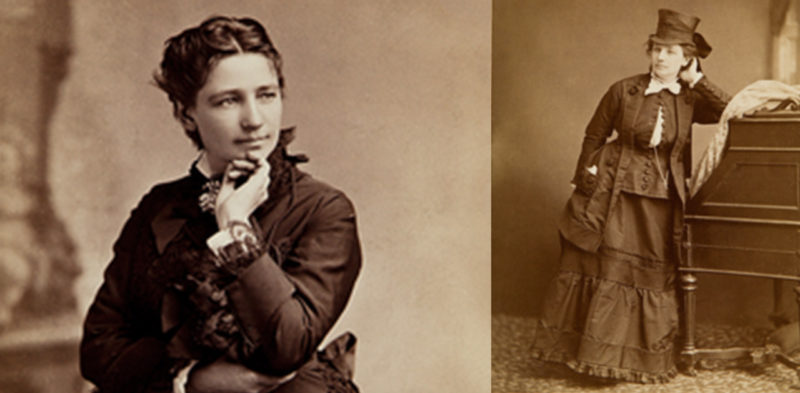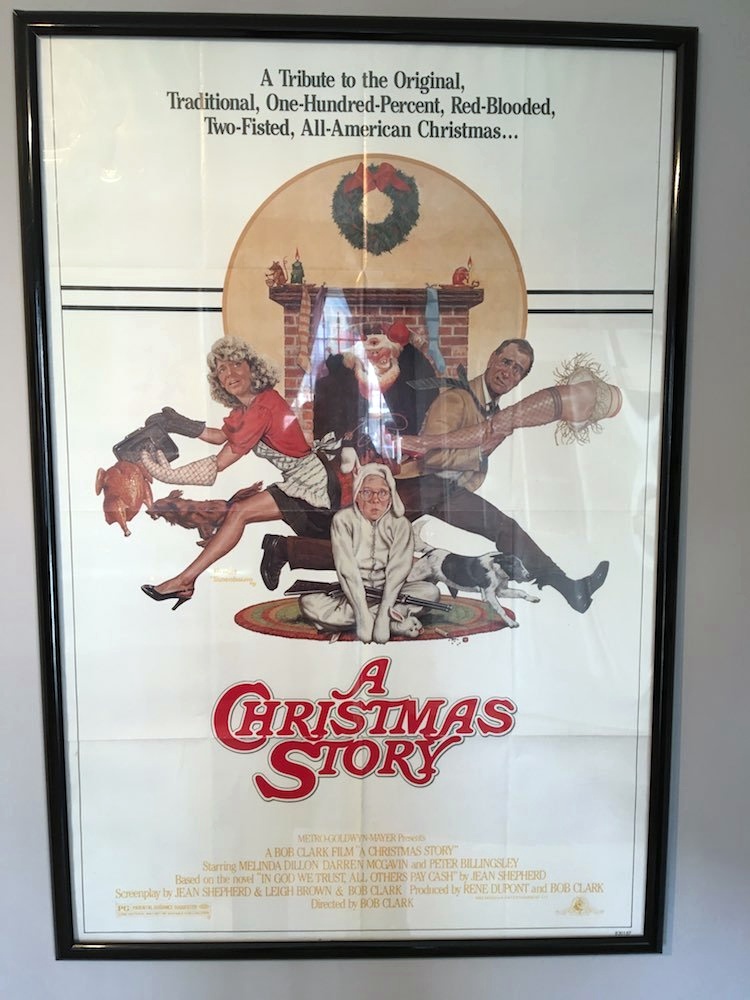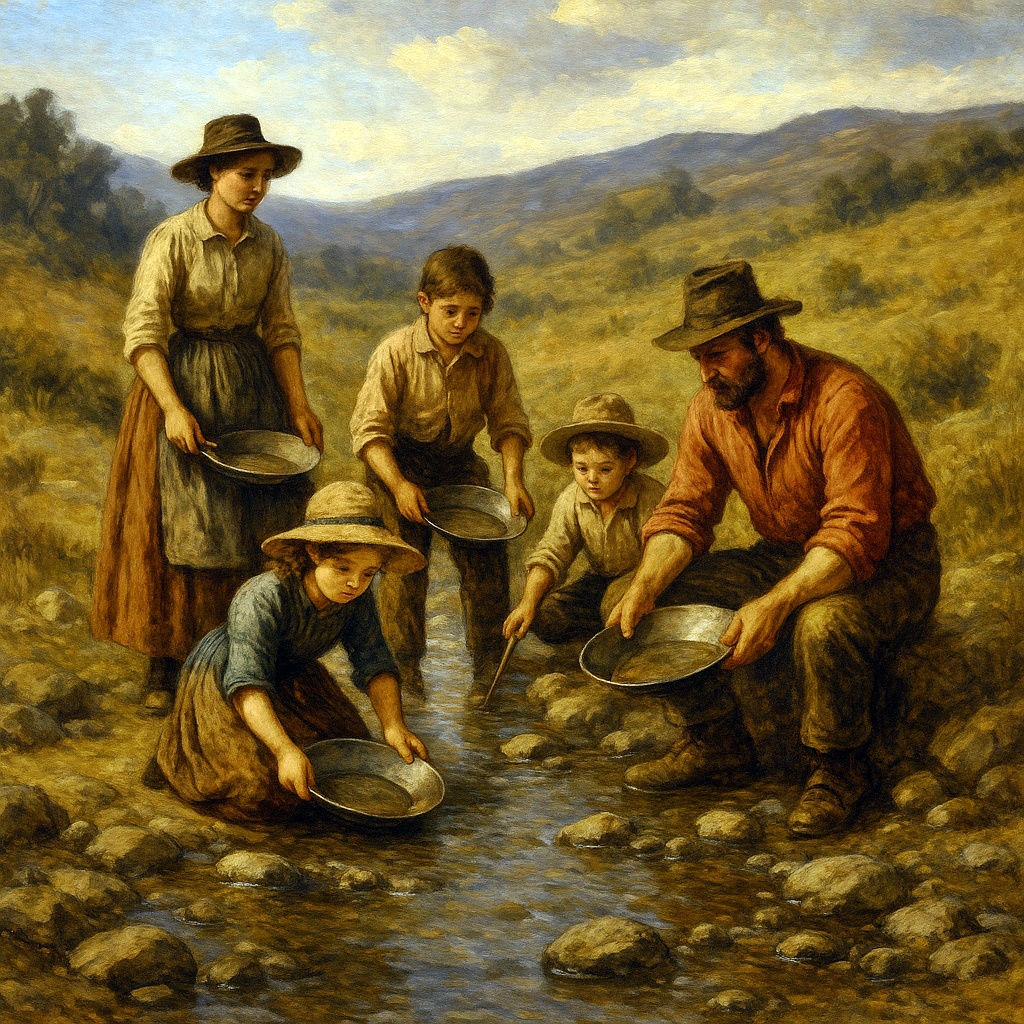Victoria Claflin Woodhull was born on September 23, 1838, the seventh of 10 children born to Roxanna ‘Roxy’ Hummel Claflin and Reuben ‘Old Buck’ Buckman Claflin. Her mother was illegitimate and illiterate. Her father was a con man and snake oil salesman. The family lived in rural Homer, Licking County, Ohio. Life was not easy for Victoria and her siblings. Only six of them survived to maturity.
Victoria didn’t attend school until she was 8 years old. She attended intermittently over the next three years. Although her teachers found her to be intelligent, she had to flee from Ohio with her family at age 11 because her father burned down the family’s gristmill. His fraud was found out by the insurance company and he was run out of town.
At age 14, Victoria met Canning (Channing) Woodhull, a doctor from the Rochester area of New York. He was twice her age. The couple married in November 1853. Victoria was only two months past her 15th birthday. She soon learned her husband was an alcoholic with an eye for the ladies. She had two children with Canning, Byron and Zulu (Zula). Byron was born with a developmental disability that Victoria suspected was caused by her husband’s alcoholism. Canning and Victoria were divorced in 1864. Victoria would marry two more times. She was married to Colonel James Blood from 1865 – 1876, and to John Biddulph Martin from 1883 – 1901.
Victoria’s sister, Tennessee (Tennie) accompanied the family when they moved to New York City in 1888. Products of their upbringing, the sisters became spiritual advisors to railroad magnate, Cornelius Vanderbilt. It is thought that he provided the seed money for the sisters’ brokerage firm, Woodhull, Claflin & Company. Local newspapers dubbed the sisters ‘the Queens of Finance’ and ‘the Bewitching Brokers.’
The profits from the brokerage firm allowed the sisters to found a newspaper called the Woodhull & Clafin’s Weekly. The paper was published for six years and was a platform for feminism and other controversial subjects of the day.
The paper served to support Victoria’s bid for the presidency during its early days. She announced her candidacy in a letter to the editor of the New York Herald on April 2, 1870. Her platform included “women’s suffrage, regulation of monopolies, nationalization of railroads, and eight-hour workday, direct taxation, abolition of the death penalty, and welfare for the poor.” (Greenspan) She organized an Equal Rights Party and became its nominee in May 1872. Frederick Douglass was named her running mate but he never acknowledged it. Mr. Douglass actively campaigned for Ulysses S. Grant.
Being a woman, she was unable to vote for herself. Also, she was under the age of 35, and wouldn’t turn 35 until six months after inauguration, which also invalidated her candidacy. According to Women Working, 1800-1903, “she earned support from trade unionists, women’s suffragists, and socialists, although conservative suffragists rejected her more radical political stance and her defense of ‘free love.’” Her name wasn’t on every ballot and no record remains of the number of votes she may have garnered.
She sabotaged her candidacy by publishing a scathing article alleging an adulterous affair between the Reverend Henry Ward Beecher, a prominent Protestant minister from New York. The result was the sisters spending election day and the next month in jail.
After her divorce from Colonel Blood and the death of Cornelius Vanderbilt, Victoria and Tennie received a large sum of money from Vanderbilt’s son, William. The sisters and Victoria’s two children moved to England where she met her third husband, John Biddulph Martin. They married on October 21, 1883. The marriage ended in 1901 with his death.
– Donna Klein
There is so much more to know about this fascinating woman. Below is a list of resources.
Be sure to visit our Victorian fashions catalog.
9 Things You Should Know about Victoria Woodhull by Jesse Greenspan
The Strange Tale of the First Woman to Run for President by Carol Felsenthal
Who is Victoria Woodhull? by Mary L. Shearer














Leave A Comment